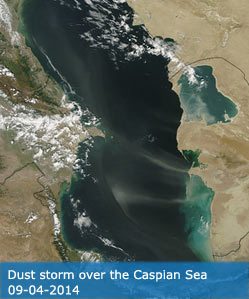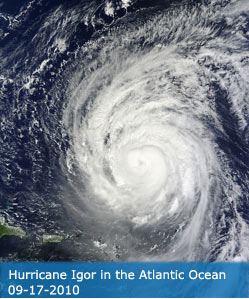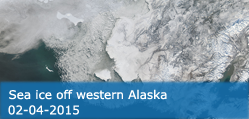Science Team
Publications
Bright, RM; Ramtvedt, EN (2024). Compositional and structural stratification does not improve direct estimation of Sentinel-2-derived surface albedo in Fennoscandian forests. AGRICULTURAL AND FOREST METEOROLOGY, 358, 110251.
Abstract
Monitoring surface albedo at a fine spatial resolution in forests can enrich process understanding and benefit ecosystem modeling and climate-oriented forest management. Direct estimation of surface albedo using 10 m reflectance imagery from Sentinel-2 is a promising research avenue to this extent, although questions remain regarding the representativeness of the underlying model of surface reflectance anisotropy originating from coarser-resolution imagery (e.g., MODIS). Here, using Fennoscandia (Norway, Sweden, Finland) as a case region, we test the hypothesis that systematic stratification of the forested landscape into similar species compositions and physical structures prior to the step of carrying out angular bin regressions can lead to improved albedo estimation accuracy of direct estimation algorithms. We find that such stratification does not lead to statistically meaningful improvement over stratification based on conventional land cover classification, suggesting that factors other than forest structure (e.g., soils, understory vegetation) may be equally important in explaining within-forest variations in surface reflectance anisotropy. Nevertheless, for Sentinel-2-based direct estimation based on conventional forest classification, we document total-sky surface albedo errors (RMSE) during snowfree and snow-covered conditions of 0.015 (15 %) and 0.037 (21 %), respectively, which align with those of the coarser spatial resolution products in current operation.
DOI:
10.1016/j.agrformet.2024.110251
ISSN:
0168-1923




